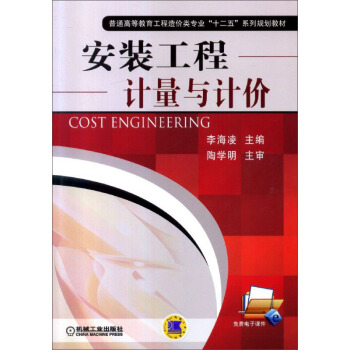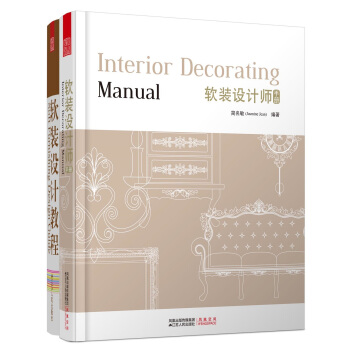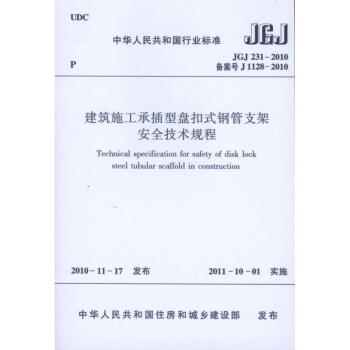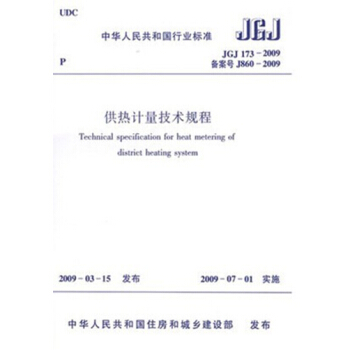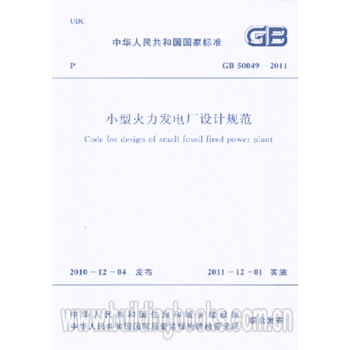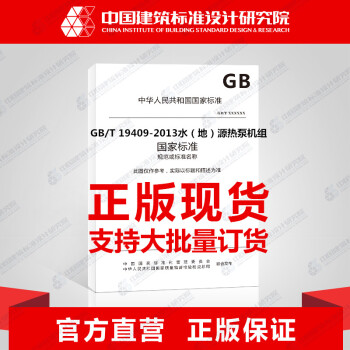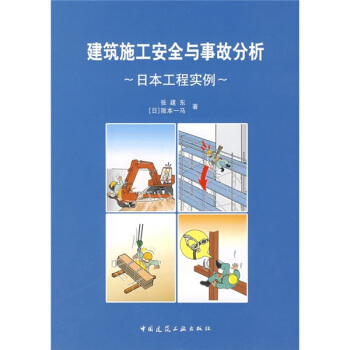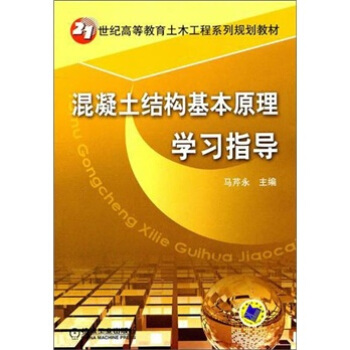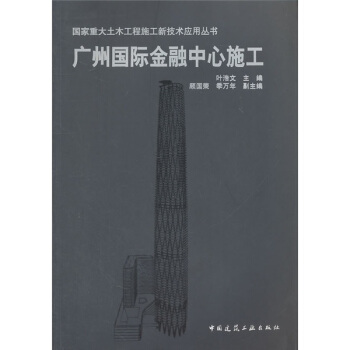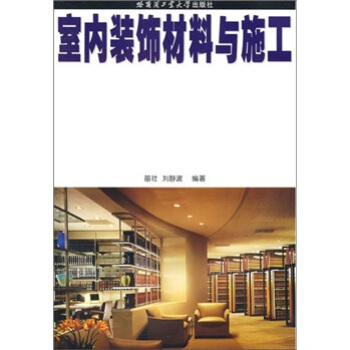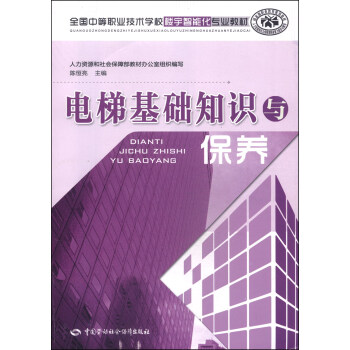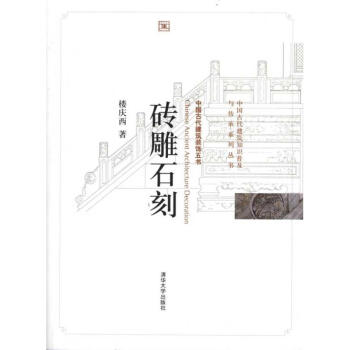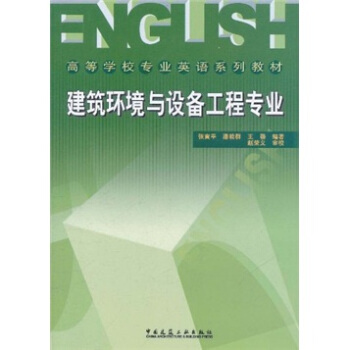

具体描述
内容简介
《高等学校专业英语系列教材:建筑环境与设备工程专业》结合几年来本课程的教学实践,编者在选材上作了取舍:注重专业基础内容和暖通空调制冷领域目前的热点科研方向。所列生词、短语和注释的内容也是教学实践中同学经常提出的问题,因此针对性较强。此外,每章还安排了习题。通过上述材料的阅读和练习,读者可对专业英语“窥一斑而知全豹”,为其阅读英语专业论文打下良好基础。全书最后,简单介绍了英文科研论文写作方面的基本知识,旨在对建筑环境与设备工程领域英文科技论文的写作有所帮助。附录中还对建筑环境与设备工程专业国际学术期刊、建筑环境与设备工程专业国际学术组织以及国际学术期刊检索系统做了简要介绍。内页插图
目录
Part 1 TheoryLESSON 1 THERMODYNAMICS AND REFRIGERATION
CYCLES
WORDS AND EXPRESSIONS
NOTATIONS
EXERCISES
LESSON 2 FLUID FLOW
WORDS AND EXPRESSIONS
NOTATIONS
EXERCISES
LESSON 3 HEAT TRANSFER
WORDS AND EXPRESSIONS
NOTATIONS
EXERCISES
LESSON 4 MASS TRANSFER
WORDS AND EXPRESSIONS
NOTATIONS
EXERCISES
LESSON 5 PSYCHROMETRICS
WORDS AND EXPRESSIONS
NOTATIONS
EXERCISES
Part 2 General Engineering Information
LESSON 6 THERMAL COMFORT
WORDS AND EXPRESSIONS
NOTATIONS
EXERCISES
LESSON7 AIR CONTAMINANTS
WORDS AND EXPRESSION S
NOTATIONS
EXERCISES
Part 3 HVAC systems and equipment
LESSON 8 CENTRAL COOLING AND HEATING
WORDS AND EXPRESSIONS
NOTATIONS
EXERCISES
LESSON 9 DECENTRALIZED COOLING
AND HEATING
WORDS AND EXPRESSIONS
NOTATIONS
EXERCISES
LESSON 10 AIR-COOLING AND DEHUMIDIFYING
COILS
WORDS AND EXPRESSIONS
NOTATIONS
EXERCISES
LESSON 11 AIR CLEANERS FOR PARTICULATE
CONTAMINANTS
WORDS AND EXPRESSIONS
NOTATIONS
EXERCISES
LESSON 12 UNITARY AIR CONDITIONERS AND
UNITARY HEAT PUMPS
WORDS AND EXPRESSIONS
NOTATIONS
EXERCISES
英文科研论文写作简介
练习参考答案
附录
附录A 国际相关组织介绍
附录B 有关国际会议简介
附录C 相关领域的一些国际期刊简介
附录D EI和SCI检索的简易教程
精彩书摘
This definition leaves open what is meant bycondition of mind or satisfaction, but it correctly emphasizes that the judgment of comfortis a cognitive process involving many inputs influenced by physical, physiological, psy-chological, and other processes.The conscious mind appears to reach conclusions about thermal comfort and discom-fort from direct temperature and moisture sensations from the skin, deep body tempera-tures, and the efforts necessary to regulate body temperatures (Hensel 1973, 1981; Har-dy et al. 1971; Gagge 1937~ Berglund 1995). In general, comfort occurs when bodytemperatures are held within narrow ranges, skin moisture is low, and the physiologicaleffort of regulation is minimized.
Comfort also depends on behavioral actions that are initiated unconsciously or by theconscious mind and guided by thermal and moisture sensations to reduce discomfort. Someof the possible behavioral actions to reduce discomfort are altering clothing, altering activ-ity, changing posture or location, changing the thermostat setting, opening a window,complaining, or leaving the space.
……
前言/序言
用户评价
这本书的语言风格非常亲切,仿佛一位经验丰富的朋友在和我交流。它并没有使用过于晦涩的专业术语,而是用清晰易懂的语言解释复杂的概念。即使是初学者,也能在阅读过程中感受到学习的乐趣,而不是被大量的专业词汇所吓倒。书中穿插的许多生动形象的比喻和类比,让那些抽象的物理原理变得更加具象化,比如在解释热力学第二定律时,作者用“能量总是在试图散开”这样的说法,让我立刻就理解了其核心含义。此外,书中还提供了一些小技巧和经验分享,这些都是在课堂上或者其他教科书中难以找到的,比如如何避免管道系统的噪音,或者如何进行有效的设备维护。这种以读者为中心的写作方式,极大地降低了学习的门槛,让专业知识的获取过程变得更加愉快和高效。
评分这本书在跨学科知识的整合方面做得非常出色,它成功地将建筑学、机械工程、电气工程、甚至部分环境科学的知识融会贯通,为读者提供了一个 holistic 的视角来理解建筑环境与设备工程。我特别欣赏书中关于建筑与设备系统协同工作的章节,它清晰地解释了建筑的结构、外围护材料、以及自然通风等因素如何影响设备系统的设计和运行效率。例如,书中分析了建筑朝向、窗户面积、遮阳设计等对室内采光和热负荷的影响,以及这些因素如何反过来要求暖通空调系统进行相应的调整。此外,书中对建筑智能化和自动化控制系统的介绍,也让我看到了未来建筑发展的趋势,即如何通过先进的技术来提升建筑的舒适性、节能性和安全性。它鼓励读者跳出单一学科的局限,用更广阔的视野去审视和解决工程问题。
评分这本书在技术细节的严谨性方面做得相当出色,每一处公式推导、参数设定都经过了精心的考量和验证。在涉及建筑节能设计的部分,书中对保温材料的选择、窗户的隔热性能、以及绿色建筑技术(如太阳能利用、地源热泵)的应用进行了深入的探讨。它详细阐述了如何通过建筑围护结构的优化来减少热量损失和获得,以及如何利用可再生能源来降低建筑的运行能耗。在数值计算方面,书中提供了多种计算方法,并鼓励读者使用相关的软件工具来辅助计算,这极大地提高了计算的效率和准确性。书中对各种工程参数的定义和单位也都非常清晰明确,避免了常见的混淆。例如,在讨论空气动力学时,书中对风速、风压、流量等参数的描述都遵循了严格的物理定律,并且给出了相应的计算公式和图表。对于任何一个严谨的工程师来说,这种对细节的关注是至关重要的。
评分这本书的理论深度令人印象深刻,尤其是在基础理论的阐述上。作者并没有止步于简单的概念介绍,而是深入剖析了建筑环境与设备工程的核心原理,比如热力学、流体力学在HVAC系统设计中的应用,以及电气工程基础知识在建筑电力系统中的体现。我尤其欣赏书中关于传热与传质的章节,它详细解释了各种热传递方式(传导、对流、辐射)在建筑室内热环境形成中的作用,以及水蒸气在空气中的扩散过程对湿度控制的影响。此外,书中对不同类型建筑(如办公楼、医院、实验室)在暖通空调系统设计上存在的显著差异的分析,也为我提供了宝贵的实践指导。它不仅仅是理论的罗列,而是将理论与实际需求紧密结合,为理解复杂的工程问题提供了清晰的框架。对于希望深入理解工程设计背后科学原理的学生和从业者而言,这本书无疑是一份不可多得的参考。它提出的问题很有启发性,引导读者思考为什么这样设计,以及不同设计方案的优劣。
评分这本书的实践导向性让我感到非常惊喜,它仿佛一位经验丰富的工程师在手把手地教导我如何解决实际问题。在设备选型方面,它不仅列举了市面上常见的设备类型,还详细分析了不同设备在性能、能效、成本、维护等方面的权衡,并通过大量的案例研究,展示了如何在具体的项目需求下做出最优的设备选择。例如,在选择冷水机组时,书中对比了离心式、螺杆式和活塞式冷水机的适用范围和优缺点,并结合实际负荷计算,指导读者如何确定合适的制冷量和能效比。关于管道系统设计,书中详细讲解了水力计算、压力损失计算以及管材选择的标准,还提供了不同类型阀门的选型指南,让我对复杂的管道布局有了更直观的认识。此外,书中对照明系统设计、消防系统设计等章节的讲解,也同样注重实际操作的可行性和规范性,使得我在学习过程中能够快速地将理论知识转化为解决实际工程问题的能力。
评分很好,发货快
评分质量不咋地
评分看起来似乎没有想象中分的好,旧旧的
评分书没看懂,先慢慢研究
评分质量不咋地
评分看起来似乎没有想象中分的好,旧旧的
评分书不错
评分书不错
评分暖通这个专业来说,挺好的
相关图书
本站所有内容均为互联网搜索引擎提供的公开搜索信息,本站不存储任何数据与内容,任何内容与数据均与本站无关,如有需要请联系相关搜索引擎包括但不限于百度,google,bing,sogou 等,本站所有链接都为正版商品购买链接。
© 2025 windowsfront.com All Rights Reserved. 静流书站 版权所有


